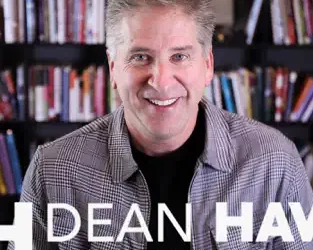When you want to get the best out of your key people, or simply to correct a problem, use what I call an impact statement. This is simply a few sentences letting people know how their actions affect the performance and the culture of your organization.
The great majority of us care deeply about how we affect those around us. We want to know that people see us as adding value, supporting others authentically, and pulling our own weight. An impact statement is designed to draw on this need, as it can drive home how we affect those we are around. There are four types of statements that I train leaders and teams to use with each other:
A positive impact on performance. People need to know that you see and appreciate how they contribute to the organization’s success. You have no idea how much of a difference a brief specific and authentic statement makes: “Traci, I just wanted you to know that I saw your results on the Green account. You knocked it out of the park. Congratulations!”
A positive impact on culture. Research has shown, time and time again, that culture eats strategy for breakfast. A statement to a person about how they are driving relationships and teams well helps guarantee that they will repeat what they are doing: “When I was at your team meeting, I was impressed by how you handled negative attitudes and moved toward them without getting defensive, and then you eventually won them over. Great job!”
A negative impact on performance. People get busy, and they often don’t stop to consider how their actions affect others. The leader has a responsibility to bring that to light, and it helps everyone: “Tom, when you were late again on the report, it derailed all of us and slowed the process down quite a bit. We really need you to make punctuality a high priority, because we’re all depending on you. Is there anything I can do to help?”
A negative impact on culture. Humans matter to other humans, in all sorts of subtle ways: the words we use, our body language and our attitudes toward each other. Leaders often shy away from this one as it isn’t very metric, but you have to do it for yourself and the organization: “My impression is that you’re working in a silo and don’t want to be disturbed. While I appreciate your work ethic, it makes me hesitate about coming to talk with you briefly, as I am concerned you don’t want to be disturbed. If I feel that way, my guess is that your team does too. This slows down the team trust we are trying to develop. How can I help you with this?”
An impact statement does just that: it makes an impact. I have had people tell me years after I mentioned one of these to them, that it made a positive difference in their careers and lives. Use the leadership chair you sit in to employ this valuable tool.





